You are currently viewing SemiWiki as a guest which gives you limited access to the site. To view blog comments and experience other SemiWiki features you must be a registered member. Registration is fast, simple, and absolutely free so please,
join our community today!
WP_Term Object
(
[term_id] => 157
[name] => EDA
[slug] => eda
[term_group] => 0
[term_taxonomy_id] => 157
[taxonomy] => category
[description] => Electronic Design Automation
[parent] => 0
[count] => 4235
[filter] => raw
[cat_ID] => 157
[category_count] => 4235
[category_description] => Electronic Design Automation
[cat_name] => EDA
[category_nicename] => eda
[category_parent] => 0
[is_post] =>
)
We have been hearing for some time about the Synopsys HAPS-70 and how they have co-created the hardware and software architecture for FPGA-based prototyping with their customers. Now, we see details published by Synopsys on how they collaborated with Imagination on the design of the PowerVR Series6XT GPU.
The first thing to come… Read More
After knowing about the challenges involved in validating multicore systems and domains of system and application level tracing as explained by Don Dingee in his article “Tracing methods to multicore gladness” which is based on the first part of Mentor Embedded multicore whitepaper series, it’s time to take a deeper insight … Read More
SemiWiki blogger Eric Esteve does an excellent job writing about all of the semiconductor IP available, and the popularity of IP is only growing more each year. Here’s a projection from IBS about semiconductor IP showing revenues of $4.7B by 2020:
Analyst Gary Smith divides IP into three broad categories: Functional, Foundation… Read More
One of the big challenges in a modern SoC is doing an accurate analysis of the power nets. Different layers of metal have very different resistance characteristics (since they vary so much in width and height). Even vias can cause problems due to high resistance. Typically power is distributed globally on high-level metal layers,… Read More
My first experience with logic synthesis was at Silicon Compilers in the late 1980s using a tool called Genesil. Process technology since that time has moved from 3 um down to 20 nm, so there are new challenges for RTL synthesis. Today you can find logic synthesis tools being offered by the big three in EDA: Synopsys, Cadence, Mentor… Read More
My PhD thesis is titled The Design of a Network Filing System. Yes, that was a research topic back then (and yes, we did call them filing systems not file-systems). One big chapter was on access controls. There are several problems with designing an access control system:
- it needs to be possible to implement it efficiently
- it needs
…
Read More
Debate rages about which approach is better for SoC design: simulation, or emulation. Simulation proponents point to software saving the need for expensive hardware platforms. Emulation supporters stake their claims on accuracy and the incorporation of real-time I/O. A few years back, some creative types coined the term SEmulation,… Read More
Often substrate noise analysis takes place when everything is there on the chip, but that stage comes near the tape-out which is too late to make major changes in architecture, placement, introducing noise protection circuitry for the victims and so on. It was okay when there used to be very little analog content on the chip. But … Read More
Multiple processor cores are now a given in SoCs. Grabbing IP blocks and laying them in a multicore design may be the easy part. While verification is extremely important, it is only the start – obtaining real-world performance depends on the combination of multicore hardware and actual application software. What should engineers… Read More
On the face of it, if we consider a simple ‘diff’ utility, it doesn’t need any explanation; almost everyone in our community would have used it. But imagine the CTO of a company investing his time in explaining how beneficial a specialized ‘Cdiff’ function can be in evaluating IP. Today’s SoC design world can’t live without IP and … Read More


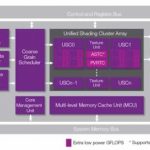

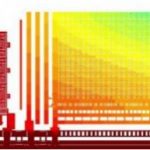
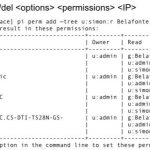
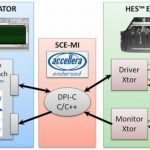
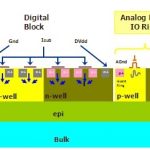
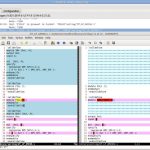
Weebit Nano Moves into the Mainstream with Customer Adoption